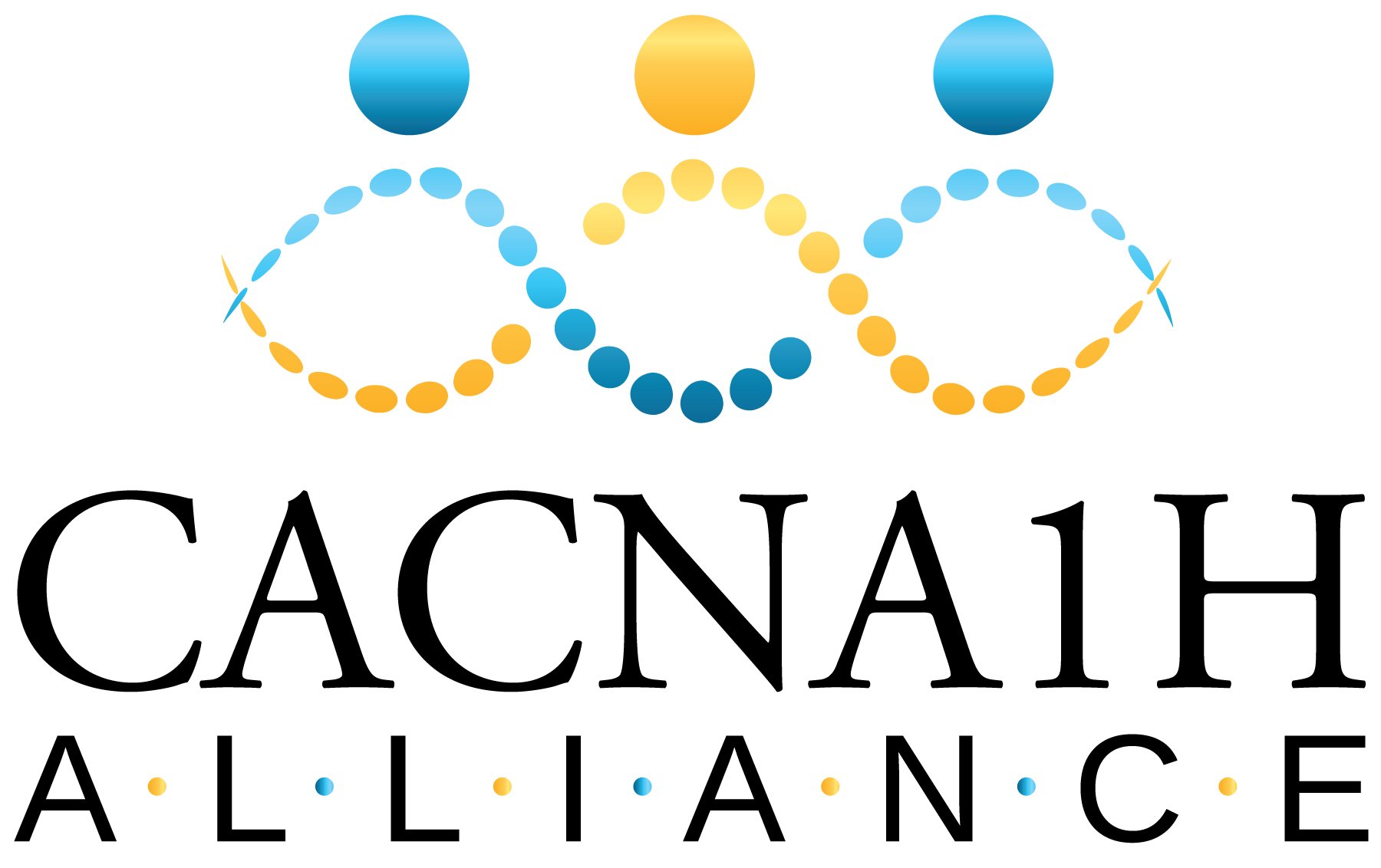Our Story
Giovanni’s story
After years of fertility treatments, five miscarriages, and a difficult pregnancy, we were blessed by the arrival of our son, Giovanni Luca, on August 22, 2012. Shortly after coming home from the hospital, we realized that something wasn’t right. Within 24 hours, he was readmitted to the hospital, having lost more than 10% of his birth weight. He didn’t have much interest in eating, and was vomiting what little he did eat. At four weeks old it was discovered that he had a tongue tie and an upper lip tie, both of which were surgically corrected shortly thereafter. Although this somewhat improved his ability to latch, he was still experiencing frequent choking episodes. Suspecting that the source of this choking was reflux, Giovanni was started on medication, but there were still several occasions the choking became so worrisome that we almost called 911. The only thing that seemed to give him relief was thickening his breast milk and formula in a bottle and using a preemie nipple. Still, Giovanni struggled to gain weight and was ultimately diagnosed with failure to thrive. Shortly after receiving this diagnosis, an upper GI study showed reflux and delayed gastric emptying. It was also suspected that he had a milk protein intolerance.
In addition to all of the feeding/swallowing difficulties, we also noticed jerky movements in Giovanni that appeared to be almost seizure-like. Although they had been present since birth, we never worried about them too much as the pediatrician said it was most likely due to an underdeveloped nervous system. As time went on, these jerky movements did not resolve, and we also started to notice some weakness on his left side affecting both his arm and leg. Finally at three months old, he was referred to physical therapy where he was diagnosed with torticollis (wryneck) and plagiocephaly (a flat spot on one side or the back of the head), but these diagnoses still didn’t explain the jerky movements. After little improvement was seen with the plagiocephaly, it was decided that he needed to see a neurosurgeon to rule out craniostenosis (a birth defect caused by the bones of the skull joining together too early). Luckily, the x-rays were negative so it was recommended that he be evaluated for a cranial band to reshape his skull, which he received at seven months old.
At nine months old, Giovanni was referred to a neurologist to be evaluated based on the recommendation of his physical therapist and my persistence that something more was wrong. The neurologist suspected that with all of the pregnancy and birth complications that Giovanni had likely sustained some type of brain injury, resulting in cerebral palsy. It wasn’t until after having a major developmental regression, that he recommended that we do an MRI.
On August 14th we went for an MRI of his brain. Because of his very young age, they had to put Giovanni under general anesthesia to prevent him from moving during the imaging. The entire process took about three hours. Once he was awake and the nurses observed him for a while, we were free to return home, where we expected to wait 12 long days until our follow up with the neurologist to get the results. At exactly 4:39 p.m. that afternoon, we received a call that changed our lives forever. The MRI showed that he has a large porencephalic cyst. Porencephaly is an extremely rare disorder of the central nervous system in which a cyst, or a cavity filled with cerebrospinal fluid, develops in the brain.
In October of 2016, while at preschool, Giovanni started experiencing visual disturbances, nystagmoid movements (involuntary movements of the eyes), and temporarily lost the ability to walk. An MRI showed that he had likely experienced an infarction in the left thalamus. It was decided that whole exome sequencing (WES), a form of genetic sequencing, was the next step. The results took approximately three months to receive, and showed that Giovanni has an extremely rare heterozygous maternally inherited variant in the gene CACNA1H, which is qualified as a variant of uncertain significance (VUS).
Today, Giovanni is a happy, bright, and funny boy. He has delays in both gross and fine motor skills, spastic paraplegia, sensory processing disorder, frequent migraines, and lives with focal, absence, and atonic seizures. He wears ankle-foot orthosis (AFOs) to help him walk. Since finding this genetic mutation in 2017, research has emerged linking mutations in CACNA1H to epilepsy, primary aldosteronism, autism, ALS, and congenital amyotrophy.
The CACNA1H Alliance was created to build a community of patients, families, and medical professions to enhance research for CACNA1H-linked disorders, and ultimately develop precision therapies to enhance the lives of those with CACNA1H mutations. Those affected by this mutation have lived years without answers, often experiencing a variety of medical complications that severely impact their lives.




